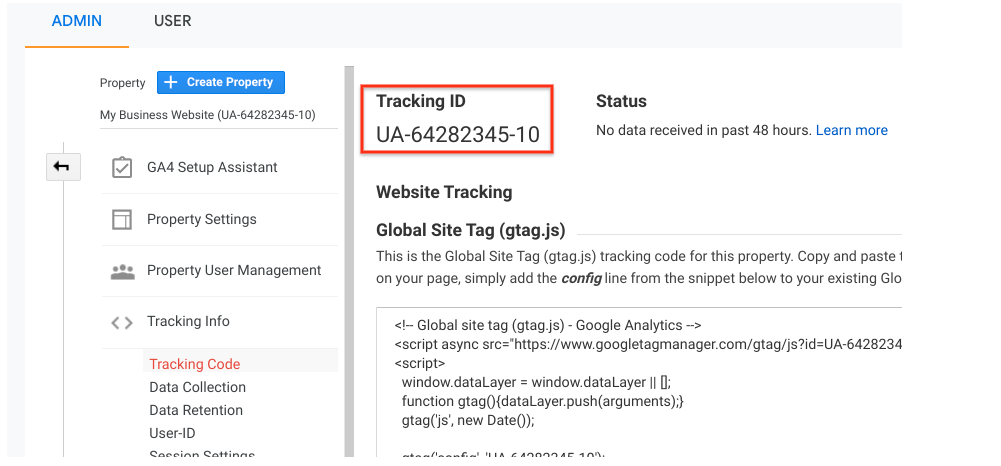Understanding the Art of Conquering Data Collection Limitations in Google Analytics for Better Decision-Making
In the world of digital analytics, the capacity to extract significant understandings from data is extremely important for notified decision-making. Google Analytics stands as an effective device for organizations looking for to comprehend customer habits, track conversions, and maximize their on the internet visibility. Nevertheless, data collection restrictions within this system can hinder the precision and deepness of the details gathered. To really harness the possibility of Google Analytics for calculated decision-making, mastering the art of getting rid of these restrictions is important. By utilizing critical methods and sophisticated techniques, organizations can boost their information quality, unlock hidden insights, and pave the means for even more educated and reliable decisions.
Information High Quality Evaluation
Evaluating the high quality of data within Google Analytics is an important action in making sure the integrity and precision of understandings obtained from the gathered info. Data quality assessment entails reviewing numerous facets such as precision, completeness, consistency, and timeliness of the data. One key facet to take into consideration is information accuracy, which refers to how well the information mirrors real values of the metrics being measured. Inaccurate information can cause malfunctioning final thoughts and misguided business choices.
Completeness of information is another important variable in evaluating information high quality. Uniformity checks are also crucial in information quality assessment to determine any type of discrepancies or abnormalities within the information set. By prioritizing data high quality analysis in Google Analytics, services can enhance the reliability of their analytics reports and make even more enlightened choices based on accurate insights.
Advanced Tracking Methods
Using innovative monitoring techniques in Google Analytics can considerably improve the deepness and granularity of information gathered for even more thorough evaluation and understandings. One such strategy is occasion monitoring, which permits the surveillance of specific interactions on a web site, like click buttons, downloads of files, or video sights. By applying occasion tracking, companies can obtain a deeper understanding of customer actions and engagement with their online web content.
In addition, personalized measurements and metrics give a means to customize Google Analytics to certain service requirements. Customized dimensions permit the creation of brand-new information factors, such as user functions or client sections, while personalized metrics make it possible for the monitoring of special efficiency signs, like profits per customer or ordinary order worth.
Moreover, the utilization of Google Tag Supervisor can streamline the application of tracking codes and tags across a site, making it simpler to take care of and release advanced monitoring setups. By taking advantage of these innovative monitoring strategies, services can open valuable understandings and optimize their online strategies for far better decision-making.
Custom Dimension Application
To enhance the depth of data gathered in Google Analytics past sophisticated tracking techniques like occasion tracking, services can apply custom-made dimensions for even more tailored insights. Customized dimensions permit services to specify and collect details information points that are relevant to their one-of-a-kind objectives and goals (What Data Does Google Analytics Prohibit Collecting?). By designating customized dimensions to different components on a site, such as user communications, demographics, or session details, businesses can get a more granular understanding of just how customers involve with their online residential or commercial properties

Acknowledgment Modeling Strategies
Efficient acknowledgment modeling is essential for comprehending the effect of various marketing channels on conversion courses. By using the right acknowledgment design, companies can properly attribute conversions to the proper touchpoints along the customer trip. One common acknowledgment design is the Last Interaction design, which provides credit scores for a conversion to the last touchpoint an individual connected with before converting. While this version is simple and basic to apply, it usually oversimplifies the customer journey, neglecting the impact of various other touchpoints that added to the conversion.

Information Tasting Evasion
When handling huge volumes of data in Google Analytics, overcoming data tasting is vital to ensure precise insights are derived for notified decision-making. Information tasting takes place when Google Analytics approximates patterns in data as opposed to assessing the full dataset, possibly resulting in skewed outcomes. To stay clear of information sampling, one efficient strategy is to lower the day variety being analyzed. By concentrating on shorter timespan, the likelihood of running into tasted data decreases, giving a much more precise depiction of individual actions. Additionally, Continue utilizing Google Analytics 360, the costs version of the system, can assist mitigate tasting as it allows for greater data limits prior to sampling starts. Carrying out filters to limit the information being evaluated can likewise help in avoiding sampling concerns. By taking these proactive actions to minimize information sampling, services can extract much more exact insights from Google Analytics, causing better decision-making and enhanced overall performance.
Conclusion
To conclude, mastering the art of conquering information collection constraints in Google Analytics is essential for making notified choices. By performing a detailed information quality assessment, applying innovative tracking strategies, utilizing custom measurements, employing attribution modeling strategies, and avoiding information sampling, companies can make sure that they have exact and reliable data to base their decisions on. This will inevitably lead to much more efficient techniques and much better results for the organization.
